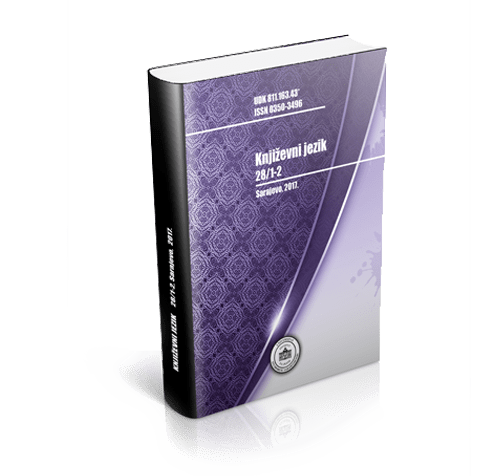Explaining Code-Switching. Matrix Language Models vs. Bilingual Construction Grammar
Explaining Code-Switching. Matrix Language Models vs. Bilingual Construction Grammar
Author(s): Philipp WasserscheidtSubject(s): Theoretical Linguistics, Syntax, Philology
Published by: Institut za jezik
Keywords: Construction Grammar; code-switching; bilingualism; matrix language;
Summary/Abstract: This paper challenges the concept of matrix, base or basic language used in many descriptions and models of insertional codeswitching. It proposes an account based on Construction Grammar and usage-based principles. At the heart of the paper is a discussion of four problematic issues of matrix-language approaches: the unitary conception of the notion of language, the generalization that syntactic frames mirror languages, the missing independent evidence for a matrix language and the narrow scope of the models that employ this term. The proposed approach of Bilingual Construction Grammar instead operates with a more complex, usage-based concept of language affiliation and places constructions in the centre of speech production. It thus avoids too coarse global predictions in favour of construction-specific predictions. This way, the matrix-language effect can be reinterpreted as by-product of constructional processing. Instead of using the term matrix language it is thus more appropriate to speak of matrix constructions.
Journal: Književni jezik
- Issue Year: 2020
- Issue No: 31
- Page Range: 57-87
- Page Count: 31
- Language: English

